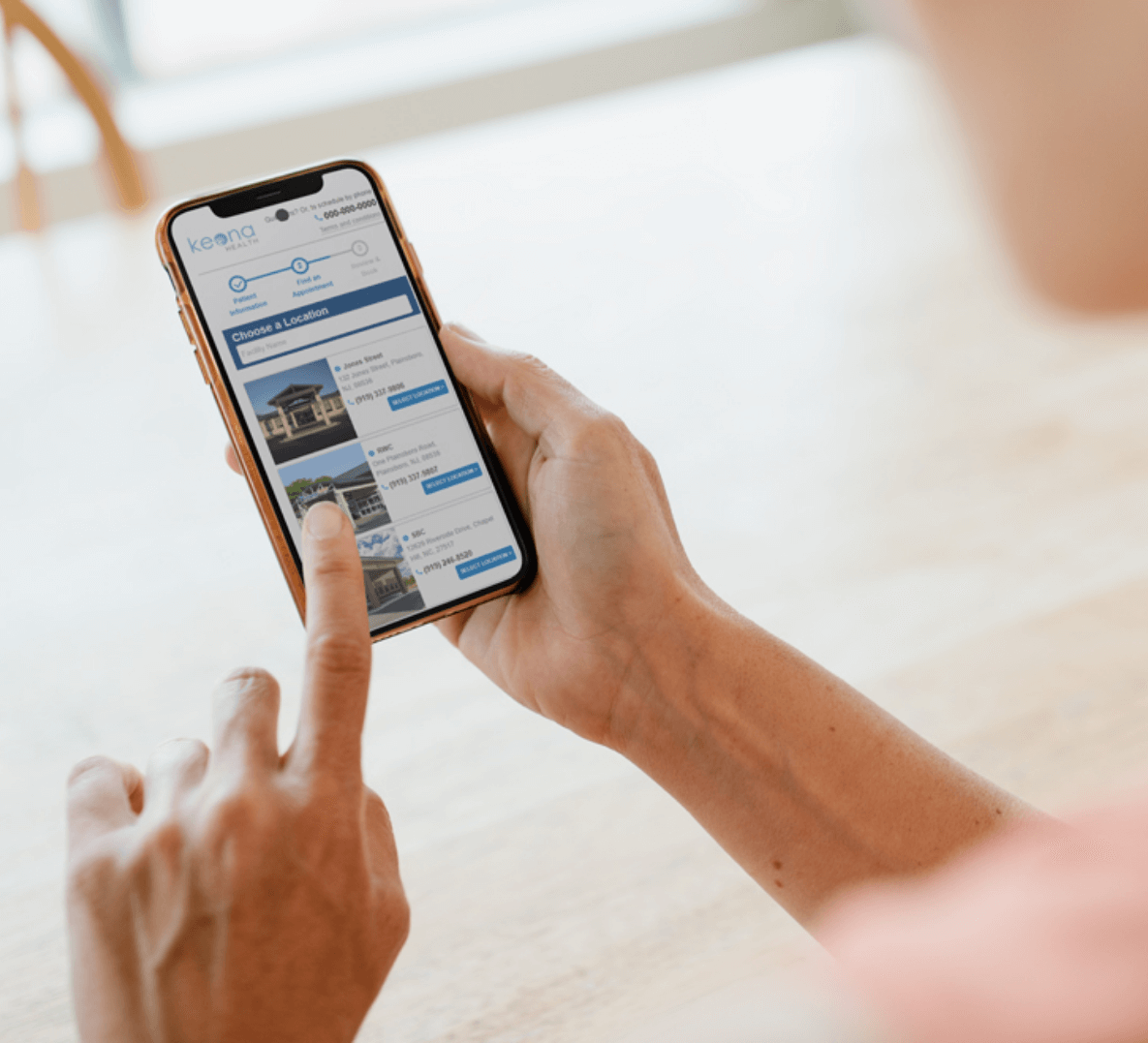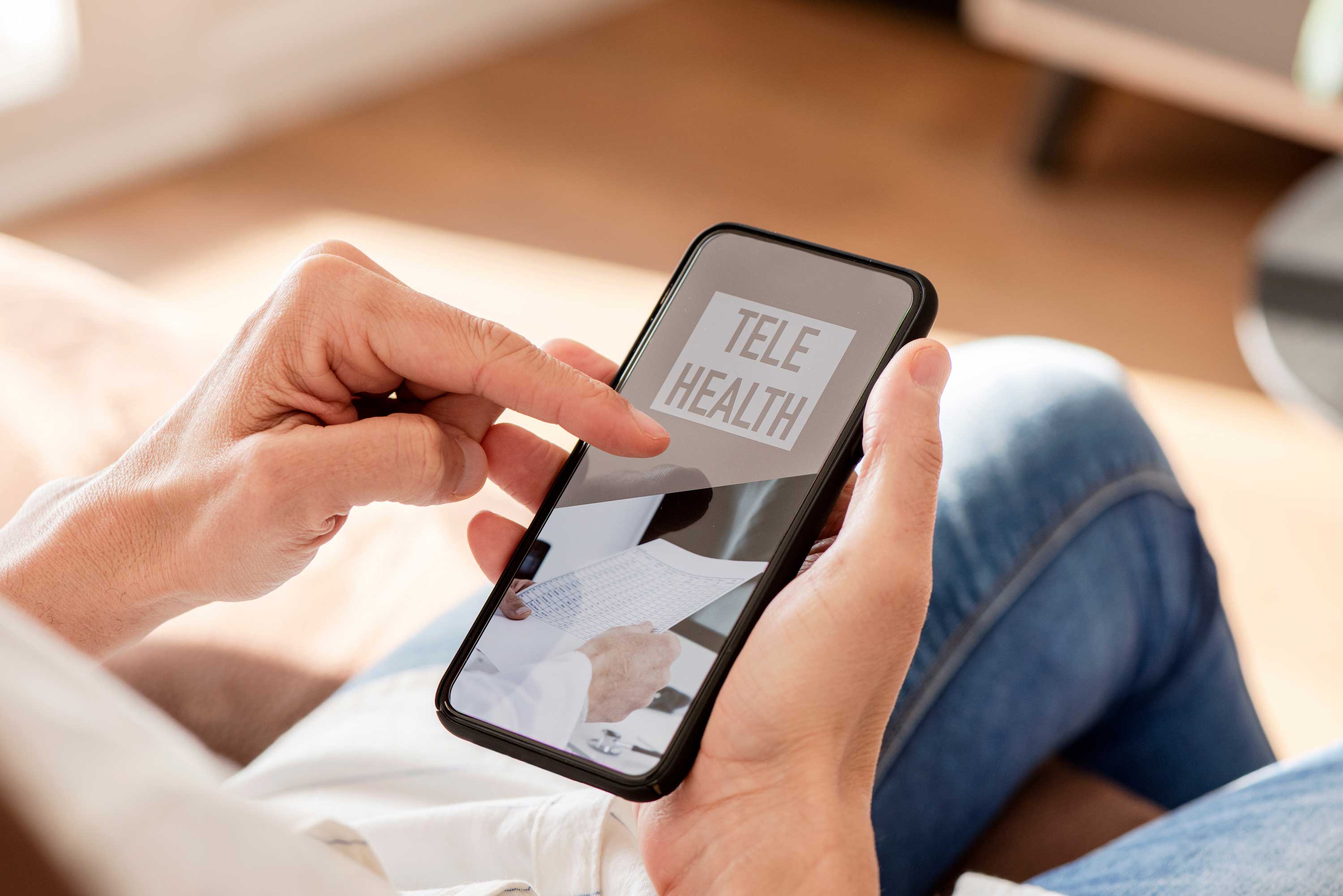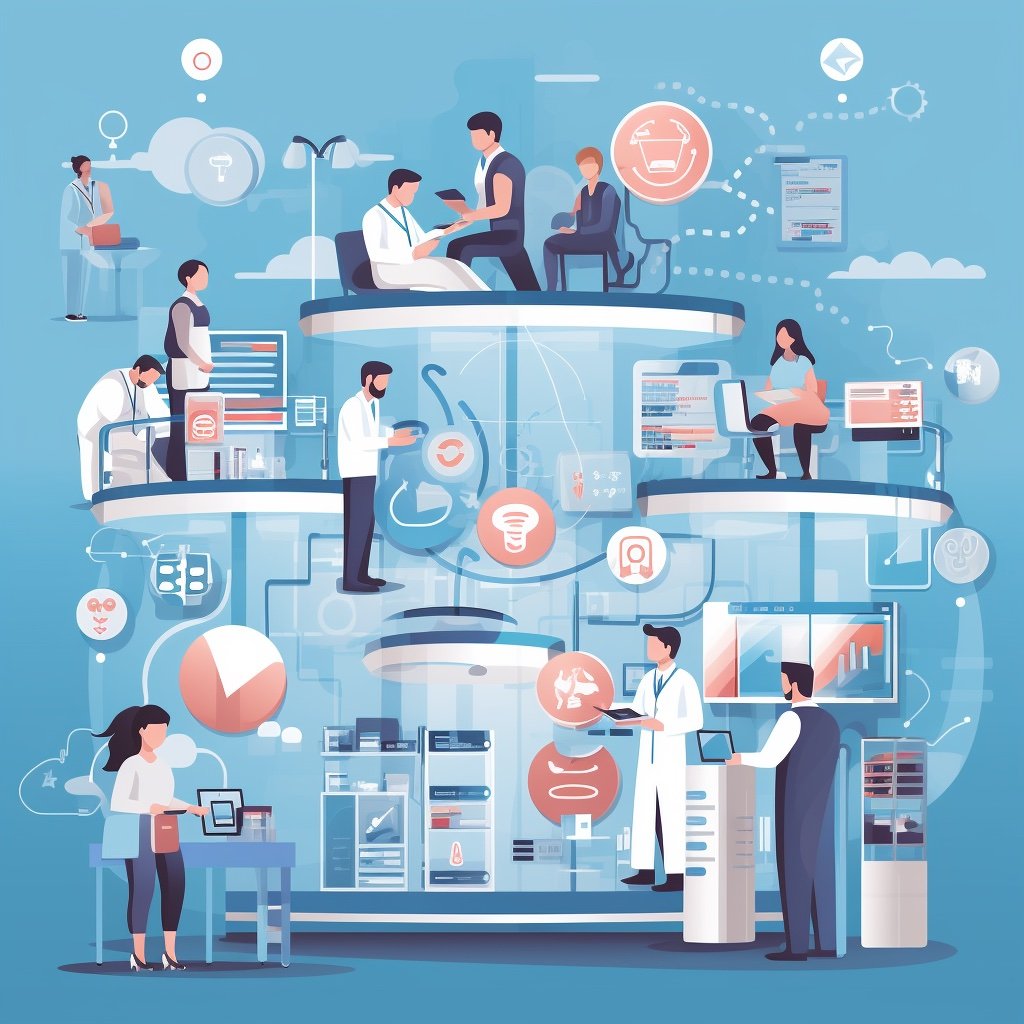
What is patient self-scheduling in the healthcare industry?
A patient self-scheduling platform empowers patients to schedule their own healthcare appointments online, without calling their provider or communicating with an agent.
Healthcare scheduling is notoriously difficult and complex. Every provider has their own scheduling requirements: time frames, insurance, patient type, and more. And there are countless appointment types: surgery, speciality, sequential, and more. All these come with their own set of protocols and preferences.
Patients must often still call to book an appointment. And call center staff must navigate a complex set of procedures to book, reschedule, and cancel appointments. This puts stress on patients, stress on providers, and stress on healthcare support staff. (And drains revenue.)
Sophisticated patient self-scheduling software eliminates these problems. Patients can schedule, reschedule, or cancel any appointment, anywhere, at any time.
What is NOT patient self-scheduling?
The following are often confused with patient self-scheduling:
- Online chat scheduling
- SMS chat scheduling
- Online scheduling request
These are not self-scheduling because these require interaction with a staff member. Online chat and SMS chat are great and useful tools, but they are not self-scheduling—they are multi-channel scheduling: The scheduling requests merely move inbound scheduling calls to outbound scheduling calls, where they can be made at a time more convenient for your staff.
What is the most effective way for healthcare organizations to schedule patients?
You should become familiar with Artificial Intelligence in scheduling. There are three, and only three, ways to effectively schedule patients for medical appointments:
- Spend money on phone staff and training. This ensures providers maintain control over their scheduling preferences—because the staff can handle complex appointments—but drains revenue and decreases efficiency.
- Standardizing scheduling lowers expenses and increases efficiency (less staff and call volume), but reduces or eliminates provider control over their scheduling preferences.
- AI-powered self-scheduling does the work normally done by scheduling staff. This means providers maintain control, without the increase in expense.
The third option is the most effective way to schedule patients. Providers maintain control over their scheduling preferences, and revenue is maximized by reducing staff and training costs.
Self-scheduling optimizes efficiency and streamlines workflows. You hire less staff, and the staff you do hire doesn’t have to reference 100-page scheduling manuals. This reduces errors and increases safety.
Perhaps best of all: An AI-powered self-scheduling platform dramatically improves the scheduling experience for patients. They don’t need to call anyone, they don’t need to wait on hold, and they don’t accidentally schedule the wrong appointment.
Artificial Intelligence is simply a more effective scheduler than humans. If you want to seamlessly and accurately schedule patients, then an AI-powered self-scheduling platform is the best way to do it.
What is medical scheduling software?
Medical scheduling software—or patient scheduling software—smooths the healthcare scheduling process. AI-powered medical scheduling software automates the healthcare scheduling process. It is cloud-based and can be accessed by patients on their devices.
On the back end, AI scheduling software encodes each provider’s specific scheduling requirements. The software also integrates with whatever EHRs—Allscripts, Cerner, NextGen—that the provider’s team currently uses.
On the front end, patients visit an online scheduling page, where they schedule their appointments. They have various time slots and doctors to choose from, depending on their visit reason. The back end AI automatically matches patients with the right providers.
Healthcare safety guidelines—Schmitt-Thompson protocols, HIPAA, and more—are built into the software to ensure safety.
Sophisticated medical software also contains a Symptom Screener, which uses Natural Language Processing to accurately identify the patient’s symptoms, then matches them with a suitable provider or directs them to emergency care.
In addition, holistic telehealth software has a Messaging Manager, which allows providers and patients to seamlessly and privately communicate.
How can healthcare organizations improve patient scheduling?
You can improve patient scheduling by doing the following:
Increase staffing and volumes: 36.4% of patients report that waiting too long on hold was their biggest pain point when scheduling. Standard self-scheduling solutions lower call volumes by 5-10%. AI-powered self-scheduling lowers call volumes by 20-40%. This reduces significant pressure on your staffing.
Enhance accuracy: Patients often choose the wrong appointments for themselves, and staff make mistakes. AI automation guides patients to the right place—and it never forgets a provider's preferences.
Improve the patient experience: 4 in 5 patients prefer physicians who offer online scheduling. But annoying chat pop-ups and schedule request buttons—and difficulties finding their procedure—create friction in the experience. (Over 60% of patients schedule from their mobile phones.)
Expand scheduling capacity: AI-powered self-scheduling allows over 90% of your calendar to be available to patients online, leaving fewer gaps. Was an appointment canceled last minute? Waitlist automation fills any gaps that unexpectedly open in your schedule.
Reduce cancellations and no-shows: AI-powered self-scheduling reduces the negative effects of cancellations:
- Patients can select the time that works best for them.
- Patients receive appointment reminders on their phone, and are navigated to the doctor’s office.
- Patients receive waitlist notifications if an earlier appointment becomes available.
Boost patient acquisition: A third of patients would likely choose a new provider if that provider offered online booking options. With AI-powered self-scheduling, your practice is the first to be found and the easiest to schedule simply by putting scheduling links right inside your digital marketing on Google and social media. A click on a Google search page or a Facebook post allows patients to seamlessly schedule whatever they need.
Fill high-revenue appointments first: If you have initial appointments that are higher revenue, you can market them across digital channels. The links or landing pages can schedule patients directly to the correct appointment type. Alternatively, if surgeries are your highest revenue, as with many specialties, sending patients SMS messages very early in the process helps you lock down the date as soon as possible.
Proactive campaigns: Annual wellness visits, mammograms, post-procedure check-ups, and more can be part of health campaigns sent to patients via SMS or email—with a direct link to schedule the visit type required.
Measure effectiveness of digital marketing: You should be able to measure dollars in for dollars spent. Patient acquisition costs can be compared to specific patient visit revenue, including downstream procedures.
Why is patient self-scheduling important for healthcare providers?
The more patients who can self-schedule their appointments—even complex appointments—is the single best way to improve healthcare scheduling, which in its current form is often a money draining slog.
Patient self-scheduling is vital because it is a win-win for all involved: It maximizes revenue for healthcare companies, it optimizes workflows for medical staff, and it makes patients and providers happy.
Building sophisticated, powerful, and seamless self-scheduling platforms is, without question, the ideal way to solve healthcare’s myriad scheduling problems.
Posted By

Peter Black is an author, consultant, and digital health expert based in Los Angeles. He received his master’s degree from UCLA.
Related Post
September 13, 2024
the power of optimized patient self-scheduling imagine a healthcare practice where...
August 31, 2023
is your healthcare system plagued by hellish patient access processes? if you're...





